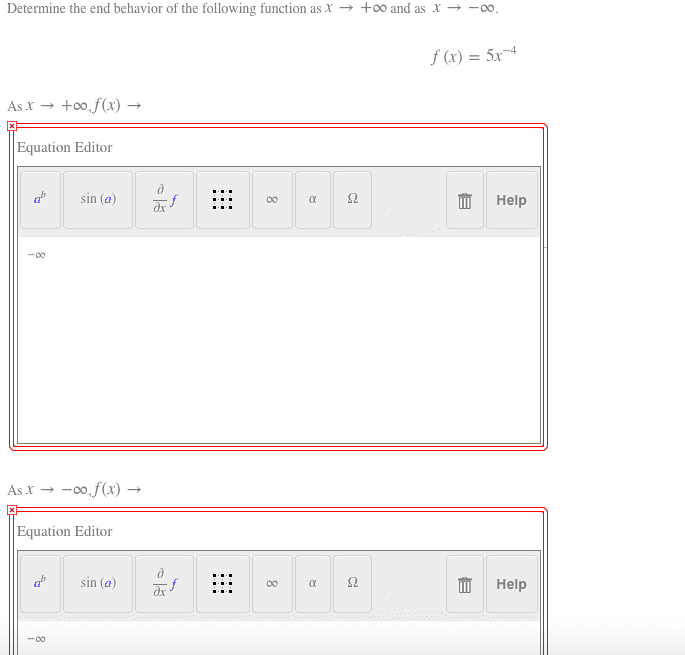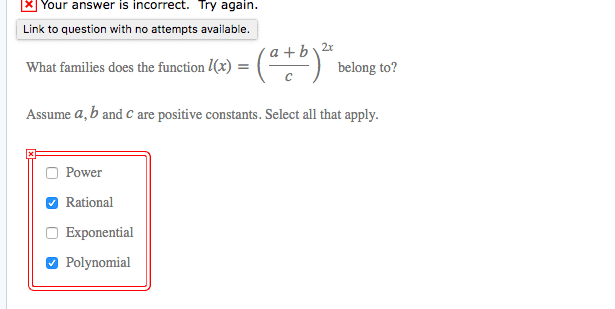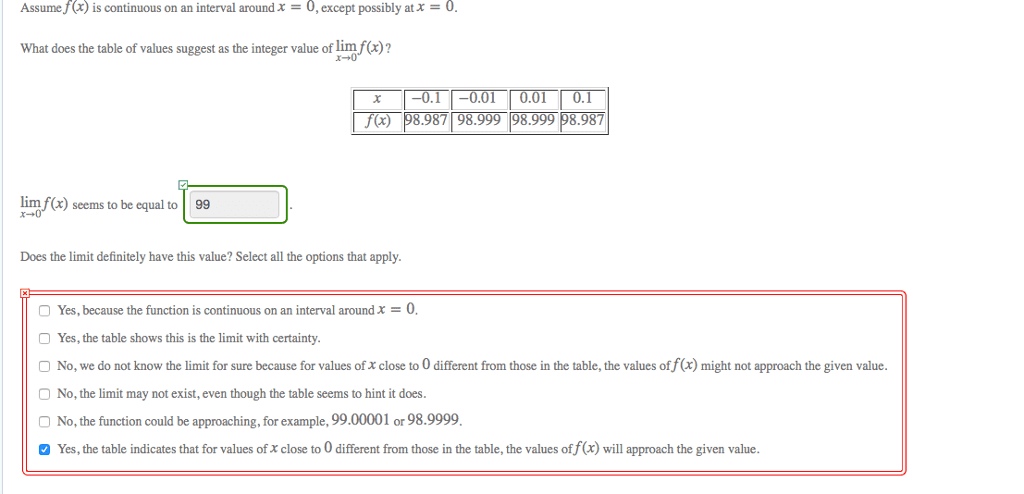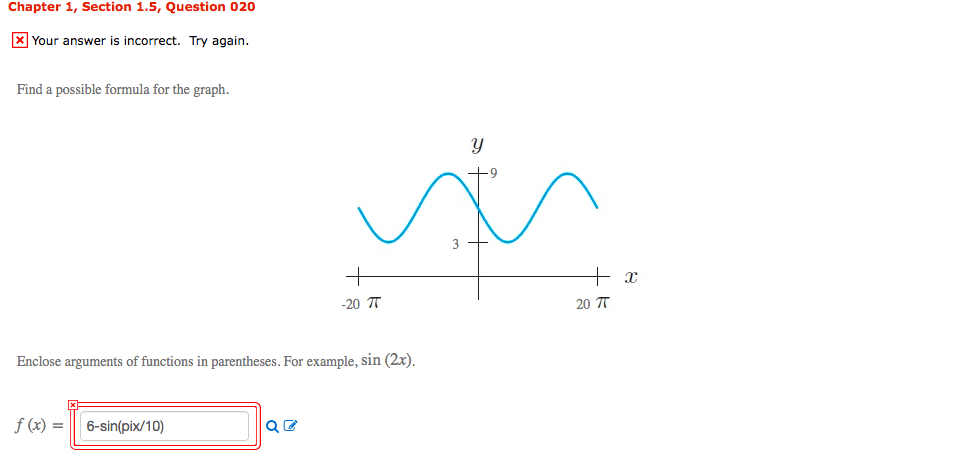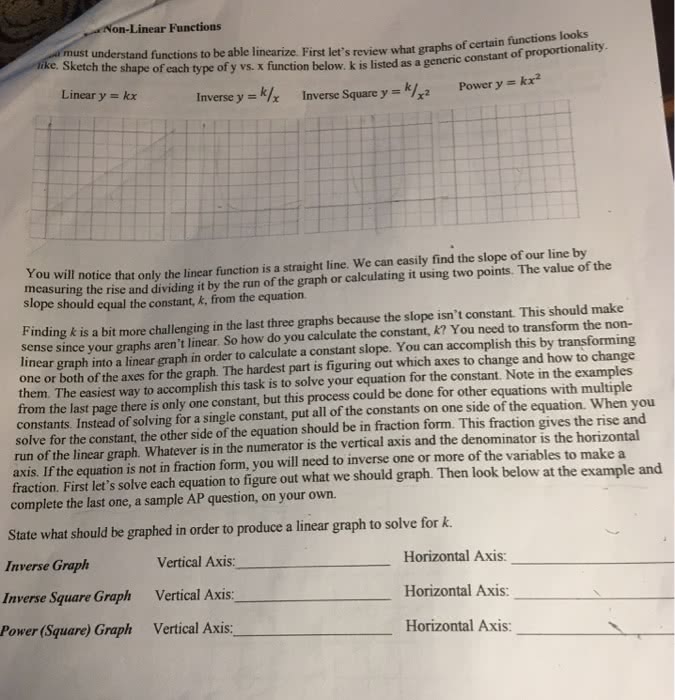MAT 21B Lecture Notes - Lecture 23: Partial Fraction Decomposition, Constant Function

MAT 21B – Lecture 23 – Partial Fraction Decomposition
• Partial fraction decomposition is the procedure of combining ratios of
polynomials in reverse.
• In other words, we will learn to split a rational function such as
into its
fractional components, which in this example
.
• A rational function is a function that is a ratio of two polynomials.
• Examples of rational functions
o . Polynomials are rational functions because when divided by a
constant function 1, it is a polynomial of degree 0.
o
• Examples of functions that are not rational
o . This is neither a rational nor a polynomial. Polynomials have integer
powers only. Fractional powers are not included.
o
. Numerator is not a polynomial; it is a trigonometric function.
o . This is an exponential function
• Example: Perform partial fraction decomposition on
Factor the denominator, if possible. In this case,
. Split the
function into two separate fractions,
. Thus,
. By plugging in the
numbers -1 and 3 (in this case) into this equality of a function, we are eliminating
one of the variables, which make it easier to solve for the constants A and B.
Alternatively, you could use the method of atchig coefficiets such that
when is rearranged we obtain
and then solve for A and B.
• Example 2: Evaluate
find more resources at oneclass.com
find more resources at oneclass.com

83
MAT 21B Full Course Notes
Verified Note
83 documents
Document Summary
Mat 21b lecture 23 partial fraction decomposition: partial fraction decomposition is the procedure of combining ratios of constant function 1, it is a polynomial of degree 0. powers only. Numerator is not a polynomial; it is a trigonometric function. polynomials in reverse: examples of functions that are not rational, a rational function is a function that is a ratio of two polynomials, examples of rational functions. In other words, we will learn to split a rational function such as (cid:2873) (cid:2871) (cid:3118) (cid:2870) (cid:2871) into its (cid:3118) (cid:2870) (cid:2871)= (cid:2870)+(cid:2869)+ (cid:2871) (cid:2871). fractional components, which in this example (cid:2873) (cid:2871: (cid:2871)+(cid:884). Polynomials are rational functions because when divided by a. This is neither a rational nor a polynomial. Polynomials have integer: sin (cid:4666)(cid:3118)+(cid:2870)(cid:4667) (cid:3118)+(cid:2869, (cid:1857)(cid:2873). This is an exponential function: example: perform partial fraction decomposition on (cid:2873) (cid:2871) (cid:3118) (cid:2870) (cid:2871) (cid:3118) (cid:2870) (cid:2871)= (cid:2873) (cid:2871)


